Main components of a Dipped Seamless supported glove
Textile liner (Support layer)
Usually made of knitted yarns or yarn blends. Nylon, Polyester, Cotton, Bamboo, Acrylic, HPPE, Dyneema, Stainless Steel, Glass fiber, Spandex, Kevlar are the most common yarns used selectively. Textile liner provides structural support to the hand protective glove and contributes to comfort, and flexibility. The seamless knit design enhances dexterity and reduces irritation from seams. The knitted gauge determines the thickness of the liner where lower gauges are thicker, while higher gauges offer a finer, more form-fitting glove.

Dipped coating (Outer layer)
The outer layer of the glove is coated with a protective polymer. Common coatings include Nitrile, Latex, Polyurethane (PU), and PVC (Polyvinyl Chloride). Provides protection against abrasion, punctures, chemicals, or oils, depending on the type of coating used. Also contributes to the grip performance of the glove. Dipping coverage can be palm dipped or full dipped or knuckle dipped (half dipped).
Elasticated cuff
The cuff is the part of the liner that fits around the wrist. It can be elasticized to ensure a snug fit and prevent debris from entering the glove. Cuff elastic yarn is often a rubber thread core or Spandex core covered Polyester/ Nylon yarn.
Overlock
The overlock of a glove refers to a specific type of stitching used to finish the edges of the glove, particularly around the cuff. This stitching technique is designed to prevent knitted cuff from fraying and to provide a neat, durable edge. Often made with elastic or durable thread that complements the liner material. Threads can be color-coded for easy size identification. Conventional overlock, auto-overlock, fold-overlock, and knit-lock-overlock are some common types in-use.
Printed label
The printed label on the back palm of a hand protective glove typically includes important information such as the glove's brand name, glove code, size, and safety standards it complies with. This label helps users quickly identify the glove's specifications and ensure they are using the correct type for their task. Usually, these labels are printed using the heat transfer printing technique or pad printing technique or screen-printing technique.
Thumb Crotch Reinforcement (optional)
The thumb crotch reinforcement (sometimes called as ‘TCD’- Thumb Crotch Dipping) in hand protective gloves refers to an additional layer of material or extra reinforcement added to the area between the thumb and index finger (the "crotch" of the thumb). This part of the glove experiences high wear and stress during use, especially in tasks involving gripping, pinching, or handling abrasive materials.
Back palm impact guards (optional)
Back palm protection in gloves refers to the use of Thermoplastic Rubber (TPR) material on the back side of the gloves (covering the back of the palm, fingers, and sometimes knuckles) to provide impact resistance and protection. This feature is commonly found in industrial safety gloves designed for applications where the hands are exposed to potential impacts, pinching, or crushing hazards.

